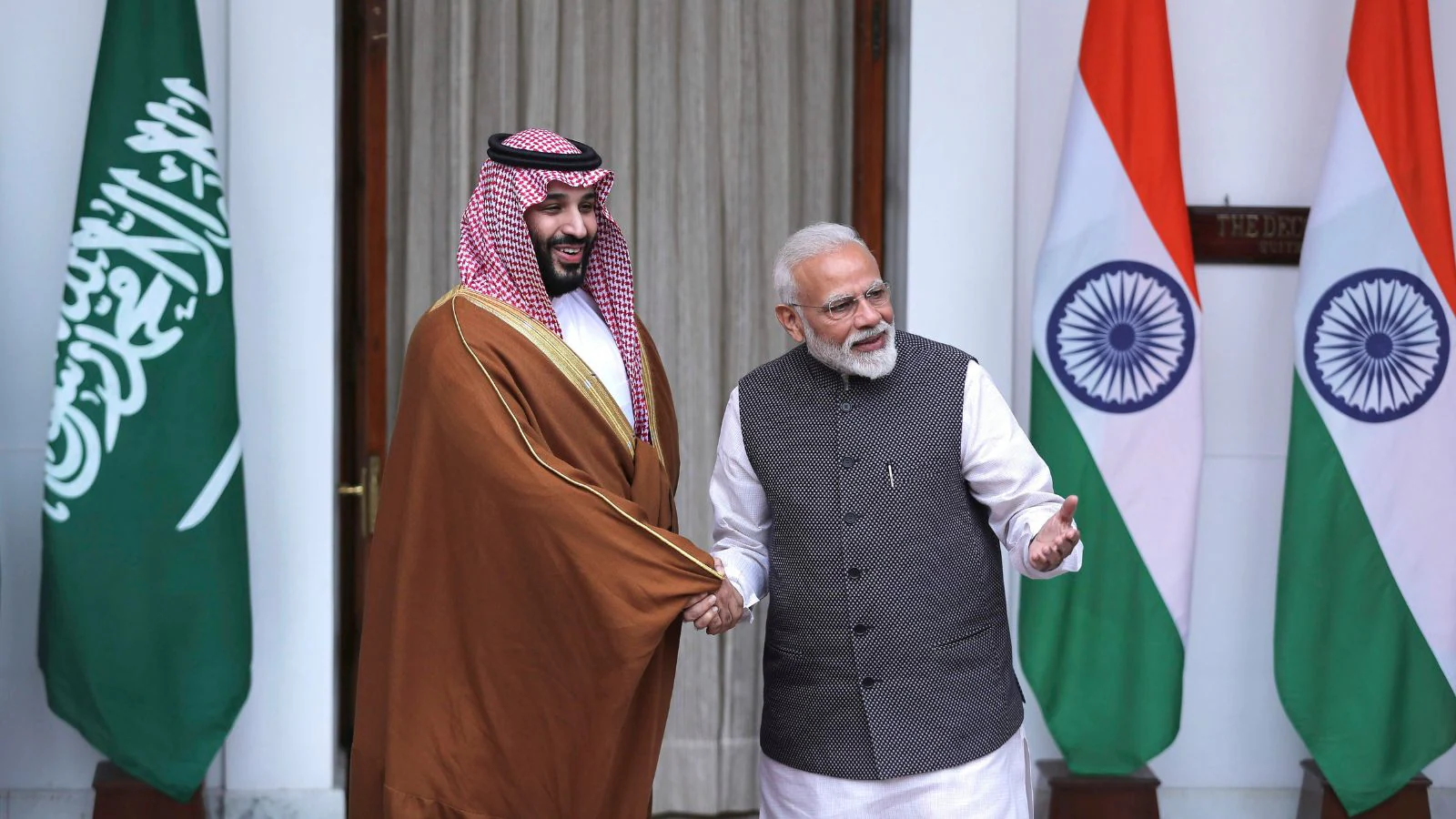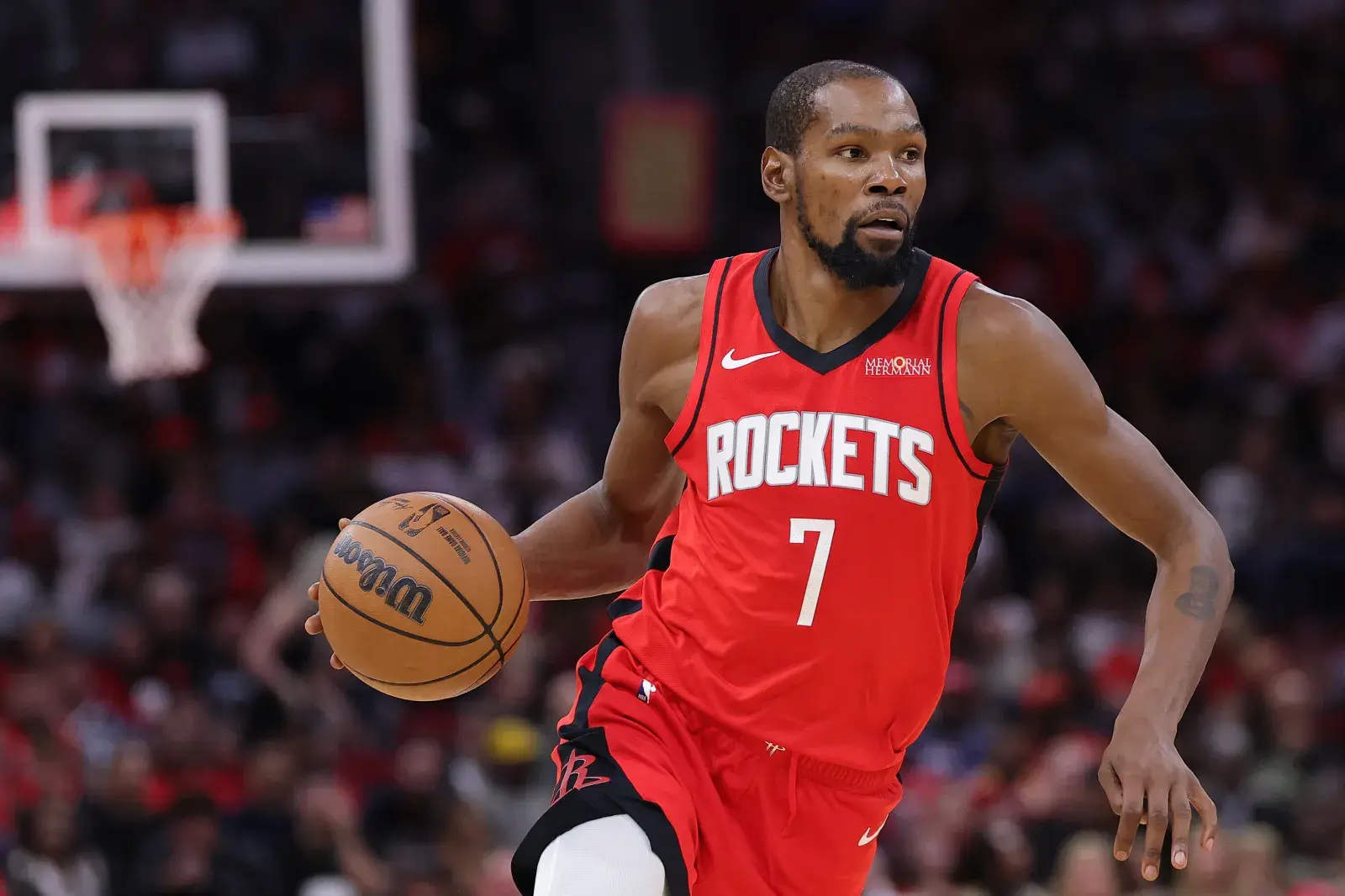Copyright news18

In a world defined more by flux than fixed alliances, few relationships have evolved as dynamically as that between India and Saudi Arabia. As the geopolitical order fragments into a multipolar reality, Riyadh finds itself courted by both East and West — by Washington’s strategic overtures, Beijing’s investment networks, and New Delhi’s developmental partnership. It is no longer a passive energy exporter but an assertive power centre recalibrating its role in a changing world. For India, too, this is a moment of convergence — where ancient civilisational links meet the practical imperatives of 21st-century diplomacy, energy security, and cultural exchange. The Kingdom At The Centre Saudi Arabia’s growing influence in a multipolar world is unmistakable. The United States continues to seek Riyadh’s cooperation on oil output and regional stability, even as Saudi Arabia explores partnerships with China on technology and defence, and with India on energy diversification, digital infrastructure, and tourism. The kingdom’s engagement with the BRICS grouping and its increasing involvement with the Global South signal a shift from dependency to autonomy. It is repositioning itself as both a regional stabiliser and a global investor — one that sees opportunity beyond traditional Western partnerships. For India, this realignment opens a window that is both economic and civilisational. As External Affairs Minister S. Jaishankar has noted: “By every yardstick, the Gulf is a region crucial to India’s strategic interests.” India’s relationship with the Gulf now spans digital cooperation, renewable energy, food security, fintech, and culture. India, the world’s fastest-growing major economy, and Saudi Arabia, the Arab world’s most ambitious reformer, are charting a shared course shaped by mutual confidence rather than dependency. A Dialogue Between Civilisations India and Saudi Arabia are not merely two nations — they are heirs to two enduring civilisations that have shaped the moral and cultural imagination of Asia. Trade between the western coast of India and the Arabian Peninsula dates back millennia: Indian spices, textiles, and precious stones travelled westward through Jeddah and Aden, while Arabian horses, dates, and pearls arrived at the ports of Kerala and Gujarat. The monsoon winds carried not only goods but also ideas — in language, architecture, and belief. Centuries before the age of modern diplomacy, merchants, scholars, and pilgrims created an invisible bridge between Hind and Hijaz. That bridge was strengthened in the 20th century when Indian workers, engineers, and professionals contributed to Saudi Arabia’s oil economy. Today, that community has evolved into a diaspora of more than 2.5 million people — one of the largest expatriate groups in the kingdom. They are the quiet architects of Saudi Arabia’s urban and service sectors: from doctors and teachers to construction supervisors, IT professionals, and entrepreneurs. Every Saudi household, mall, and university interacts daily with Indians — a human link that has normalised the idea of India as an intrinsic part of Saudi life. This diaspora is India’s living soft power — industrious, disciplined, and woven into the social fabric of the kingdom. Vision 2030 and the Modern Saudi Story Saudi Arabia’s Vision 2030 — the ambitious reform plan spearheaded by Crown Prince Mohammed bin Salman — is perhaps the boldest social and economic transformation project in the contemporary Arab world. It aims to diversify the economy beyond oil, create new industries in technology, entertainment, and tourism, and open the kingdom to global culture and investment. In this context, India offers a subtle but instructive parallel. For centuries, Indian society has managed to integrate modern aspirations with traditional values — a balance that Saudi Arabia now seeks to master in its own way. As women in the kingdom take on roles in aviation, finance, and entrepreneurship, India’s experience in blending heritage with modernity serves as an encouraging model. Both civilisations, after all, see modernisation not as westernisation but as evolution — a process of renewal that draws legitimacy from within their own cultural frameworks. Culture as the New Silk Road Nothing captures Saudi Arabia’s new openness better than its investment in cultural diplomacy. The Riyadh Season 2025, inaugurated with record-scale events and global collaborations, symbolises a nation eager to be seen not only as a religious heartland but also as a creative powerhouse. That the “three Khans” of Bollywood — Shah Rukh, Salman, and Aamir — shared a stage there was more than a celebrity spectacle. It was a moment of symbolic synthesis: three icons representing India’s soft power embracing a kingdom reinventing itself for the 21st century. What rarely happens in Mumbai happened in Riyadh — a testament to the kingdom’s new magnetism and to Bollywood’s enduring appeal across the Arab world. For Saudi Arabia, India is a cultural ally as much as an economic one. Indian films have long dominated Arab screens, shaping fashion, music, and language. The recent Saudi-India Roadshow across Delhi, Ahmedabad, and Hyderabad — organised by the Saudi Tourism Authority — reinforced that connection by inviting Indian travellers to explore a Saudi Arabia beyond pilgrimage: a landscape of state-of-the-art MICE, archaeological heritage, futuristic cities, and much more. While state visits and trade deals define diplomacy officially, India’s diaspora in Saudi Arabia defines it in practice. The Pravasi Parichay cultural festival, launched in 2023 by the Indian Embassy in Riyadh, celebrates this connection annually. The 2024 edition, inaugurated by Ambassador Dr. Suhel Ajaz Khan, showcased India’s diversity through community performances. The play Classical Languages of India featured 11 officially recognised tongues — Tamil, Telugu, Sanskrit, Pali, and others — through poetry, music, and dance, offering Saudis a window into India’s civilisation and the diaspora an affirmation of belonging. Such events humanise diplomacy beyond consular formalities, creating communities of sentiment. When Indian children in Riyadh learn Bengali folk dance or Saudi families attend Kathak recitals, partnership becomes personal. The Know India Programme, inviting young overseas Indians to reconnect with their roots, amplifies this — producing a generation equally at home in Riyadh and Rajasthan. Shared Modernities: The Riyadh Chapter of Viksit Bharat The Embassy’s Viksit Bharat Run 2025, partnered with India’s Ministry of Youth Affairs and Sports during Seva Pakhwada on 27 September 2025, brought together over 200 participants — Indians, Saudis, students, and officials — in a spirited display of solidarity. More than fitness, it embodied collective aspiration under “Run to Serve the Nation,” with runners pledging commitment to Viksit Bharat @2047 and reciting the Aatmanirbhar Bharat pledge thousands of kilometres from Delhi. The Ek Ped Maa Ke Naam campaign added poignancy: participants planted saplings honouring their mothers, weaving environmental consciousness with personal devotion — echoing both countries’ collective reverence for nature. Strategic and Economic Convergence Beyond culture and community, the India-Saudi partnership is anchored in strategic pragmatism. Saudi Arabia is among India’s top trading partners and a critical supplier of crude oil, meeting nearly 18 per cent of India’s energy needs. But the relationship is steadily moving up the value chain. Saudi investments in India’s infrastructure and petrochemical sectors are rising, while Indian firms are contributing to the kingdom’s digital and manufacturing diversification under Vision 2030. Security cooperation has also expanded. Counter-terrorism dialogues, intelligence sharing, and defence exchanges have grown significantly since the signing of the Strategic Partnership Council (SPC) in 2019. Both nations see stability in the Indian Ocean and the Gulf as critical to their prosperity. In a region often defined by volatility, the India-Saudi relationship stands out for its quiet continuity. A Partnership of Possibility If the 20th century bound India and Saudi Arabia through oil and migration, the 21st century is binding them through ideas and innovation. The emerging partnership is multipronged: cultural diplomacy softens perception; economic collaboration builds interdependence; and youth exchanges seed future leadership. Both nations, navigating their respective reform journeys, are redefining what it means to be modern without losing memory. For India, engaging Saudi Arabia is part of a larger West Asia recalibration — one that values autonomy over alignment. For Saudi Arabia, India represents a democratic counterpoint within Asia — large, plural, and confident. Together, they demonstrate that cooperation between faith and reason, tradition and technology, can be not only possible but productive. The story of India and Saudi Arabia is no longer about distance bridged by trade. It is about two ancient cultures walking together towards modernity — measured not in barrels or billions, but in the shared promise of creativity, sustainability, and mutual respect. The author is a Visiting Fellow at the Observer Research Foundation. A well-known political analyst, he has written several books, including ‘24 Akbar Road’ and ‘Sonia: A Biography’. Views expressed in the above piece are personal and solely those of the author. They do not necessarily reflect News18’s views.



